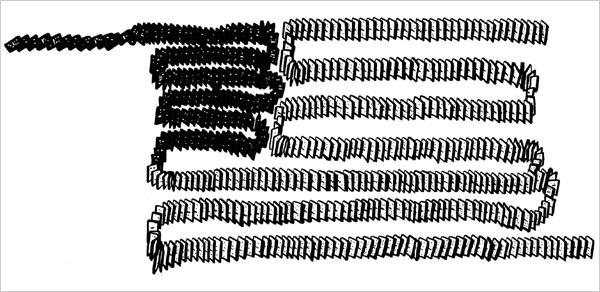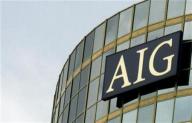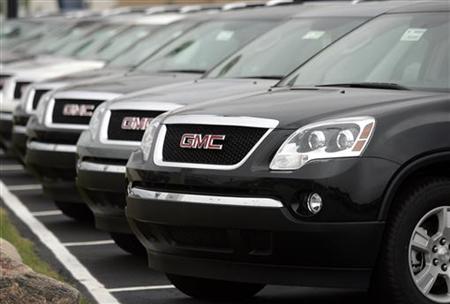IN A modern financial system nothing is more frightening than a run on the bank. The US has now suffered a series of them, and they are escalating in size and scope, posing a serious threat to an already reeling economy.
Rumours swamped financial markets on Friday that the US Government would be forced to step in to aid the mortgage finance giants Fannie Mae and Freddie Mac, which together own or guarantee $US5 trillion ($5.16 trillion) in US home loans.
In Wall Street’s version of a run on the bank, investors drove Fannie Mae and Freddie Mac shares to 17-year lows, signalling a gnawing lack of faith in the companies’ ability to survive rising mortgage defaults without the Government’s help.
Later on Friday regulators took over IndyMac Bank of Pasadena, saying the $US32 billion lender had collapsed under the weight of bad home loans and withdrawals by spooked depositors. It was the second-largest bank to fail in US history.
Friday’s events were felt around the world, knocking the battered US dollar lower and driving up interest rates.
“This is a flare-up in the financial forest fire that is far beyond anything we’ve seen before,” said Christopher Low, chief economist at the investment firm FTN Financial in New York.
It is triggering worries that would have been unthinkable even a year ago, including that the US Treasury’s debt might lose its AAA credit grade because of heavy blows to the nation’s fiscal health from the housing mess.
Four months ago many on Wall Street believed they had seen the worst of the credit crisis rooted in the housing market’s woes. The collapse in March of the brokerage Bear Stearns, a central player in the business of packaging dicey mortgages for sale to investors, was the kind of prominent calamity that has historically marked the end of financial crises.
Read moreRun on banks spells big trouble for US Treasury





